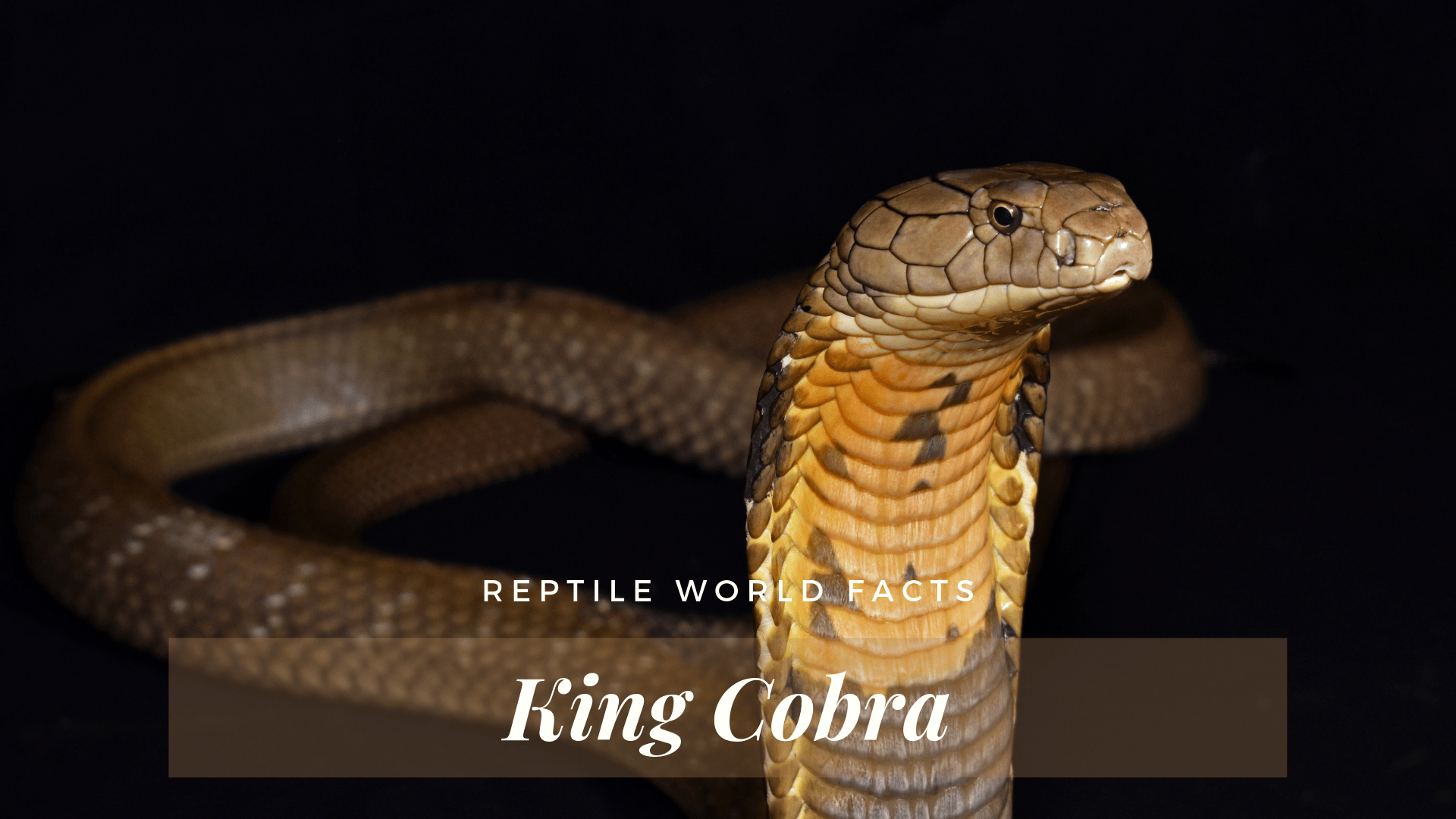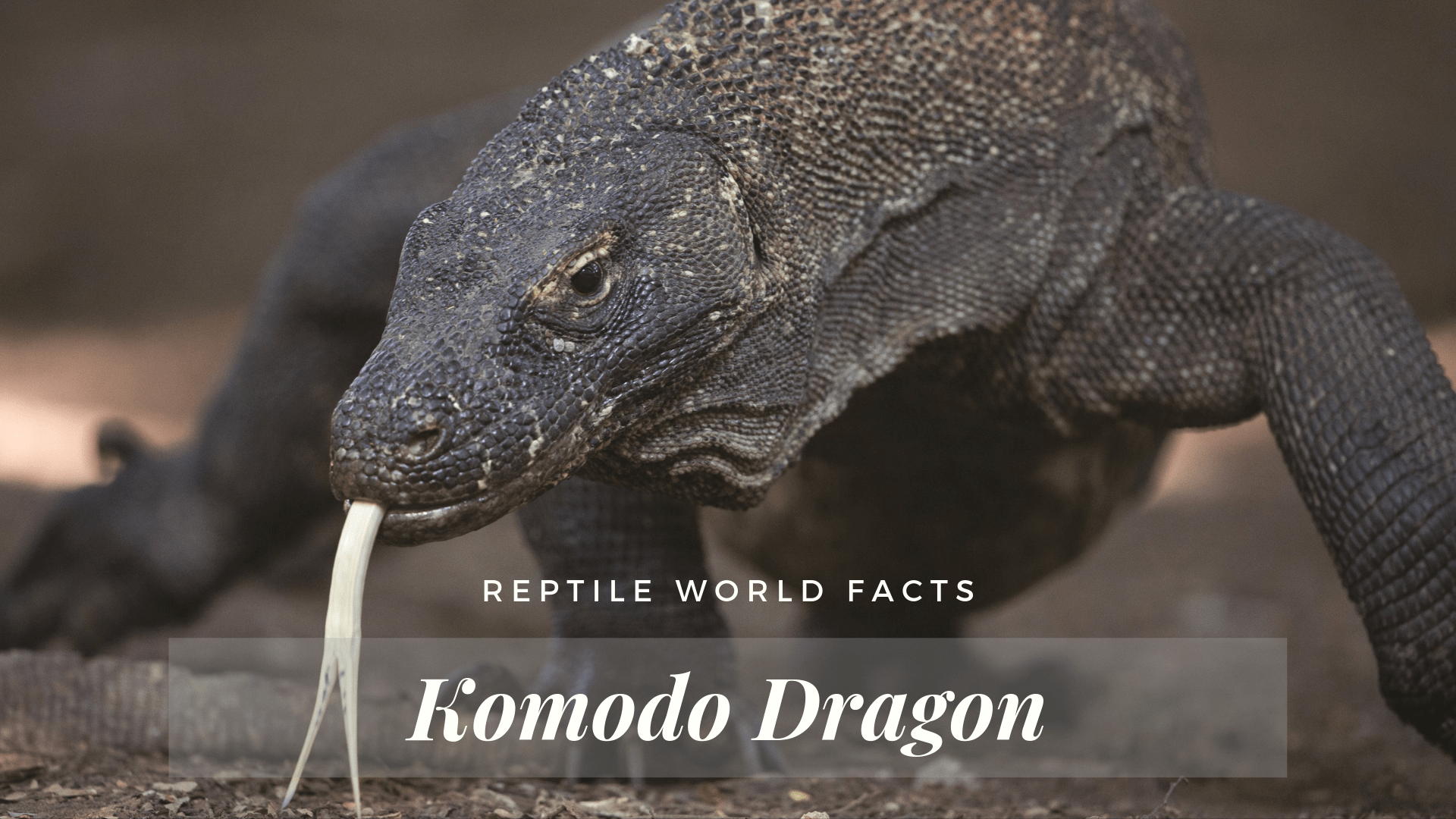The lace monitor is a stunning monitor lizard that can be found throughout Eastern Australia. These large reptiles are often found in forests, and despite their large size they are great climbers and can easily climb up large trees. If you want to learn more about these lacey lizards, keep reading!
Banner Photo: Source
Quick Facts
Scientific Name: Varanus varius
Common Names: Lace Monitor, Lace Goanna
Geographic Range: Australia (Victoria, South Australia, Queensland, New South Wales)
Life Span: 10 – 15 Years (Wild)
40 Years (Captivity)
Conservation Status: Least Concern
Top 10 List – Lace Monitor
1. Lace Monitors Are The Second Largest Lizard In Australia


Lace monitors are the second largest lizard in Australia, with only the perentie being larger. While they average a length of 1.5m (4.8 feet), they can reach lengths of over 2m (6.5 feet). Two-thirds of this length is made up of their tail, which is long and strong. They use these long tails for balance when climbing, a whip for defense, to help them swim, and when fighting other male monitors. Long sharp claws and strong powerful legs help them climb trees with ease. These large lizards have a weight range of 7 – 14kg (15.4 – 30.9lbs), however, some large monitors have reached 15+ kg (33lbs). Male lace monitors tend to be larger in size than females. They have two known color phases which are explained in more detail below. The pattern of the lace monitor helps them camouflage in their sun-dappled habitat.
2. They Have Two Different Color Phases

Photo Source

Photo Source
Lace monitors have 2 distinct color phases to their appearances. The first one, which is often considered the main one, is where the monitor is dark grey to black in color with cream to yellow bands and spots. Their snouts have will have distinct black and yellow (or cream) bands that extend under the chin. Within this phase, the northern population tends to be more spotted, and the southern population tends to be more banded. The second phase, called Bell’s phase, is where the monitor has strong, large creamy yellow and grey bands down the body. This phase is most often found in some dry areas of Queensland and New South Wales.
At one point it was thought that the Bell’s phase was a subspecies of the lace monitor, and was given the scientific name Varanus varius belli. However, other than the difference in pattern, it was discovered that they are still the same species, and therefore they are both now considered lace monitors (Varanus varius), just with different color phases. It is unknown why lace monitors have two different phases, as both phases can be found together in the same area, and some lace monitor nests may even produce babies of both phases.
3. They Have A Jacobson’s Organ That Helps Them Learn About Their Surroundings
Lace monitors have an organ called the Jacobson’s Organ that is located in their head. They will flick their forked tongue in and out of their mouth. This will collect molecules that are then transferred to the Jacobson’s organ via two small pits in the roof of their mouth. Their Jacobson’s organ will then gather information from these molecules. This can help monitors locate prey that is a long distance away, and which direction the prey is in. It can let the lace monitor know if there is another monitor nearby, if they are male or female, and if that monitor belongs to that area or not.
4. Lace Monitors May Be Mildly Venomous
Originally, it was thought that bites from monitors were prone to infection because of bacteria in their mouths. However, in 2005, University of Melbourne researchers discovered that all monitors may be somewhat venomous, and it is this mild venom causing the reactions, not bacteria in their saliva. The venom has a slight effect on humans and may cause swelling of the bite area, disruption of blood clotting, and shooting pain. These symptoms may last a few hours. It is thought that lace monitors may use this venom to help subdue prey.
5. Most Often Lace Monitors Are Found In Forested Areas
Lace monitors can be found throughout eastern Australia. Their range is from southeastern South Australia to Cape York Peninsula, Queensland. They are often found in semi-humid forested habitats. These can include rainforests, coastal scrublands, woodlands, and forested areas. They like areas with lots of trees as trees provide them shelter, a means to escape threats, as well as providing food like birds, their eggs, and insects.
6. They Can Often Be Seen On The Ground And In The Trees


While lace monitors are mainly arboreal, they are still often spotted on the ground foraging for food and walking around. Usually, they are rather solitary animals and only come together for the breeding season. Since they are diurnal (awake during the day), they spend the day foraging, basking in the sun to stay warm, and hanging out in trees. One person has observed seeing a lace monitor occupy the same tree for three years in a row, which suggests that they may have a home area that they prefer. If approached, or if they feel threatened, they will use their long claws to climb up a tree. They then will either try to get high enough they can’t be reached or will spiral the tree to stay at the back, away from the perceived threat.
7. They Have A Large Variety Of Food They Eat
Lace monitors’ diets are made up of various things such as insects, mammals, reptiles, eggs, nestling birds, and carrion. Their long, sharp teeth and strong jaws help them easily eat whatever they have managed to find. Their claws also help them climb trees to be able to get to the birds and their nests. They spend a lot of time foraging for food, and may even travel long distances of up to 3km (1.9 miles) a day while foraging. After a particularly large meal, lace monitors are able to go many weeks without needing to eat again.
8. Female Lace Monitors Lay Their Eggs In Termite Mounds

Photo Source

Photo Source
During the breeding season, which is during the spring and summer, male lace monitors will fight each other to be able to mate with the females. After mating, females will lay one clutch of 6 – 12 eggs. Females will often lay their eggs in termite mounds – especially termite mounds in trees. She will dig a hole in the side of the termite mound, deposit her eggs, and then leave so that the termites can seal the eggs up inside their mound. By doing this, the eggs are kept at a constant warm temperature and are kept fairly safe from predators. After around 7 months (however, less or more time is possible), the female will come back and dig out the hatched babies. Some people however think it may not just be the mother, but that sometimes male lace monitors will dig them out as well.
When lace monitors emerge from the egg, they are around 28 – 36cm (11 – 14.2 inches) in total length and weigh around 16 – 25g. Juveniles tend to be more brightly colored than adults, and as they age their color will fade some. New hatchlings tend to be shy and defensive. This makes sense, as since they are small, they are preyed upon by animals such as birds of prey and feral cats.
9. In Australia, Monitors Are Often Referred To As Goannas
In Australia monitor lizards are often referred to as goannas, so the lace monitor is often called the lace goanna. This name was given by early settlers, who mistakenly thought that these lizards were related to iguanas. They were named lace monitors because of the lace-like markings that cover their bodies.
The genus name Varanus is a Latinized form of the Arabic word ‘waral’ ‘ or ‘waran’ which means ‘lizard’. Their species name “varius” is the Latin word for various. They were given this name in reference to the color of the scales, and how they can have many patterns/appearances.
10. Some People Keep These Massive Lizards As Pets
Despite their large size and strong jaws, claws, and tails, some people choose to keep lace monitors as pets. The Bell’s phase of the lace monitor in particular is quite popular. They are currently rather expensive to buy, and almost just as expensive to set up a proper enclosure for. It should be obvious by this point that lace monitors should be left to the experts and experienced reptile keepers only. These large monitors will need a large escape-proof cage that is preferably outside if the weather where you live allows it. They also need lots of things to climb on, plants, water, and if kept inside they will need proper UVB and heating. Not to mention extreme care should be taken when handling them, as they can bite, scratch, and whip their tails if upset.
Despite how dangerous they CAN be if not handled properly, for people that have the space, time, money, and expertise to care for them, they can be a very rewarding reptile to keep. These intelligent monitors are gorgeous with interesting personalities, and if properly cared for can do quite well in captivity.
11. Lace Monitors Are Sometimes Mistaken For Heath Monitors

Photo Source

Photo Source
Lace monitors (Varanus varius) and Heath monitors (Varanus rosenbergi) are sometimes mistaken for each other. Both of these large lizards can be found in the South Australia area, and they both have a similar appearance. There are, however, a few different things that you can look at to help you determine which is which. Lace monitors can be larger in size, their legs tend to have more bands or stripes than spots, and the stripes under their chins are more pronounced, as well as there are fewer of them. Heath monitors more commonly have spots all over their legs, the bands on their tails are rather uniform, and they also have a stripe running backward from their eyes.
—
Enjoy this article? Share it with your friends using the links below! Also, leave a comment below and let us know what you think. Thanks for reading!








